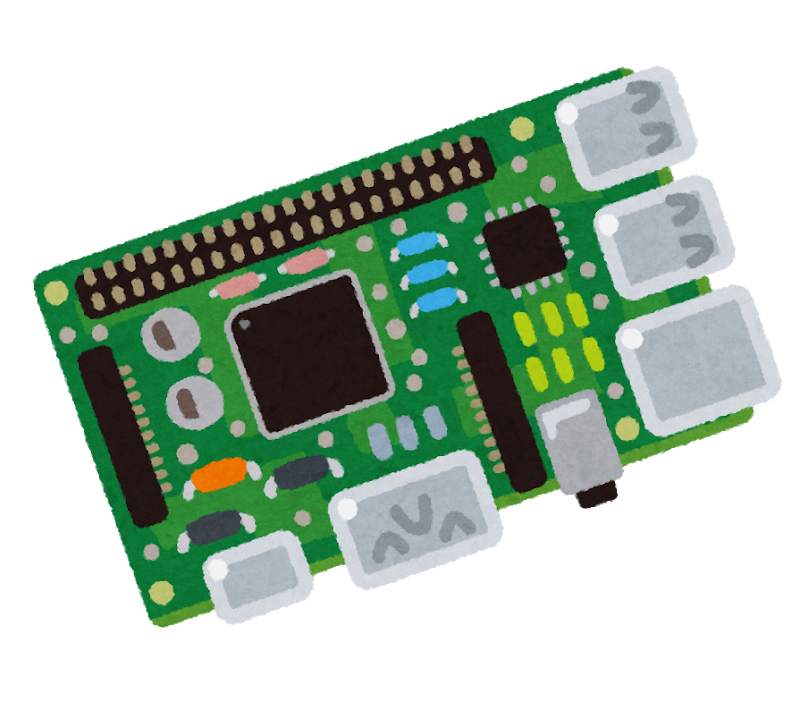

As an anarchist who would welcome other anarchists - sadly, I doubt if that’s a reliable recipe to stop climate change.
Limiting (hopefully stopping) climate change can be done under almost any political system… except perhaps dictatorial petro-states. However, it takes years of work to tranform the economy. Transport, heating, food production - many things must change. Perhaps the simplest individual choices are:
- going vegetarian (vegan if one knows enough to do the trick)
- avoidance of using fossil fueled personal vehicles
- improving home energy efficiency (especially in terms of heating)
- avoidance of air travel
- avoidance of heavy goods delivered from distant lands
The rest - creating infrastructure to produce energy cleanly and store sufficient quantities - are typically societal choices.
As for corals - I would start by preserving their biodiversity, sampling the genes of all coral and coral-related species and growing many of them in human-made habitats. If we’re about to cause their extinction, it’s our obligation to provide them life support until the environment has been fixed.
Also, I would consider genetically engineering corals to tolerate higher temperatures. Since I understand that this is their critical weakness, providing a solution could save ecosystems. If a solution is feasible, that is.
Corals reproduce sexually so a useful gene obtained from who knows where would spread among them (but slowly - because typical colonies grow bigger asexually). Also, I would keep in mind that this could have side effects.
As for tempeature - it will be rising for some time before things can be stopped. Short of geoengineering, nothing to be done but reduce emissions, adapt, and help others adapt. The predictable outcome - it will get worse for a long while before it starts getting any better.



On individual scale, precisely that - a split type AC with one half indoors (or in a water tank) and the other half in an outdoor environement (air, water or ground).
If you’re extracting heat from the environment, the machine lets the working fluid evaporate into the outdoor heat exchanger and compresses it back into the indoor heat exchanger. If you’re cooling your premises - reverse that.
However, on a city scale, it’s like “you’ve got a lot of sewage at 30 C” -> “your heat pump is a large building” -> “your sewage outflow is now at 10 C, but your underground heat reservoir gets charged to 140 C (stays liquid because of water column pressure), and you spend much less energy pumping the heat than you would spend heating the water directly”.